Isidor Buchmann grew up in a conservative farming community in Switzerland. From early childhood, he was fascinated with radio communication and during his high school years he built a broadcast radio that ran with no power — it required only an antenna and a ground connection (it didn’t use a battery). Isidor sold several of these radio receivers. During his post-graduate education, Isidor invented an engine that is based on continuous combustion. Felix Wankel, inventor of the rotary engine, reviewed the drawings and theory-of-operation and commented that his concept was indeed unique and original but pointed out that manufacturing would be too expensive for commercial use. |  |

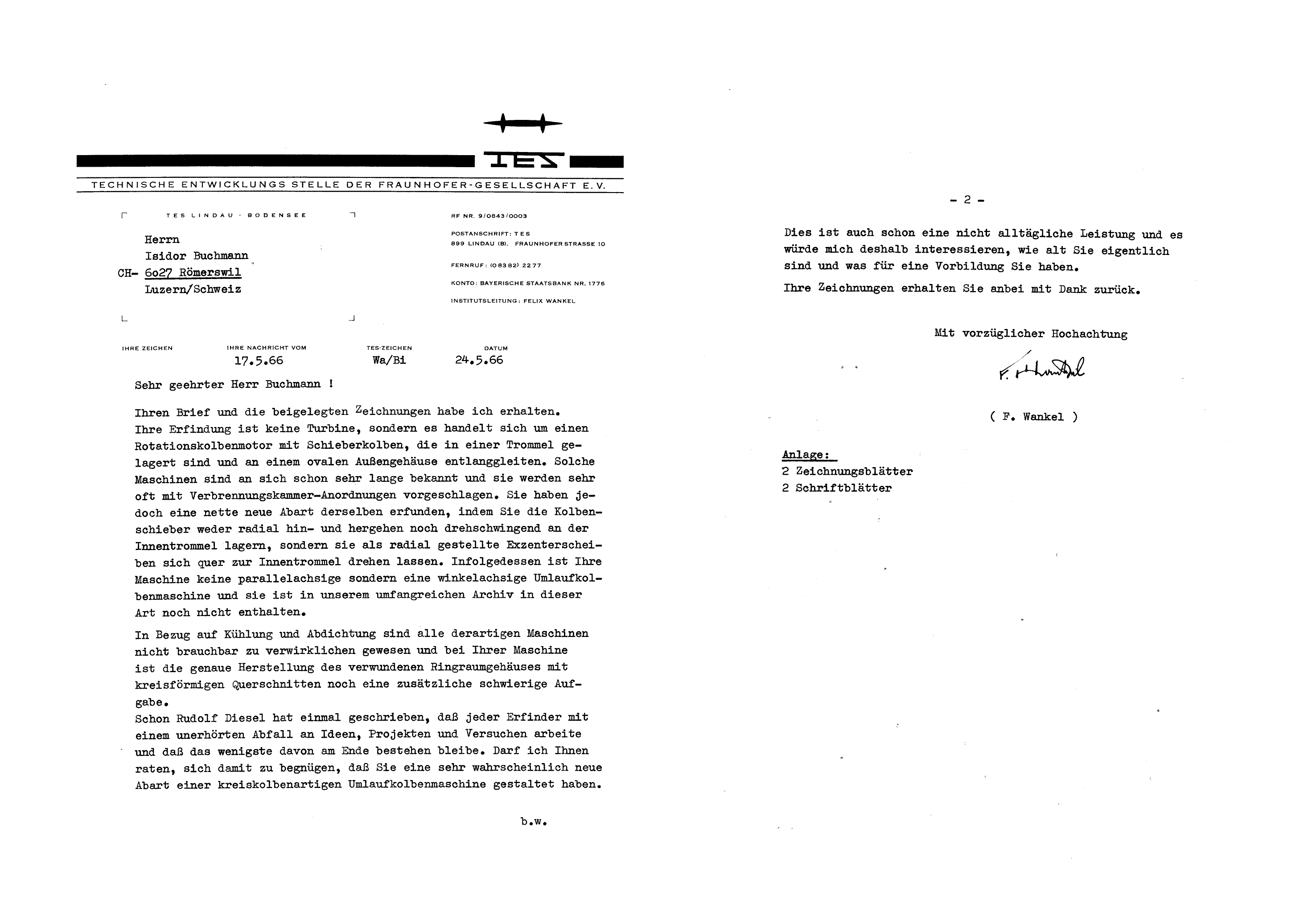
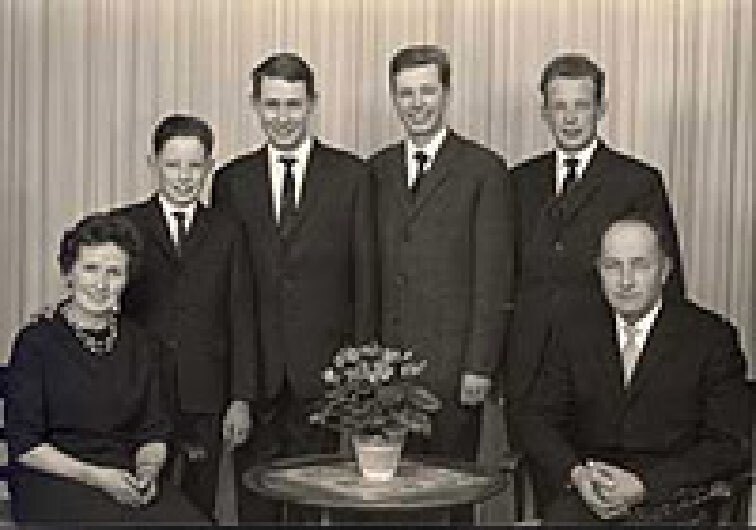
Isidor was always full of creative ideas and dreamed of running his own business. Realizing that conservative Switzerland could not satisfy his entrepreneurial spirit, he immigrated to Canada in 1966. While working at General Electric, he realized that the rechargeable battery for two-way radios caused many field failures. This led him to develop a battery analyzer that could test these batteries. During his research he discovered a way to rejuvenate nickel-cadmium batteries. He took the idea home, pooled the family savings, and developed a battery analyzer that featured the innovative “recondition” cycle.
To prevent conflict of interest with his employer, Isidor quit his job with GE and started Cadex Electronics Inc. The first battery analyzer, the Cadex 450 introduced in 1981, failed to achieve the anticipated market acceptance. Not giving up, Isidor designed the modular Cadex 550 model. With the strength of the recondition program, this unit sold reasonably well at first, but it soon became evident that manufacturing methods needed to improve to become more cost effective.
In 1983, Cadex moved from a small room in Isidor’s residence to rented facilities. With increased overhead costs, cash flow became tight and bank loans for small businesses, especially high-tech, were almost non-existent. Doing his best, Isidor survived the slump and managed to add new products.
In 1986, Cadex received an order to build battery chargers and analyzers for the end-of-train unit, a computing device that replaces the caboose at the end of a freight train. This led to the programmable battery analyzer in 1991, a pivotal product to capture the growing cell phone market. The Cadex C7000 that followed in 1995 soon became the company’s flagship, establishing a new standard to which competitive products were compared. This opened the global market and soon Cadex products were sold in more than 100 countries.
With continued growth, Cadex relocated to larger premises, doubling plant size with each move. At first, the new place looked empty and out of place. Items that had been within arm’s reach now required long-distance running to retrieve. Eventually employees and equipment would fill the space and the echoing sound of an empty manufacturing plant would be replaced with the hum of activity. We received contracts from a U.S. Defense organization to supply battery chargers and analyzers for critical missions abroad; a leading medical company commissioned us to build an intelligent charger for a heart defibrillator.
It so happened that he was selected as a finalist in the Entrepreneur of the Year Award. There he stood shoulder-to-shoulder with other entrepreneurs at the Pan Pacific Convention Center in downtown Vancouver who had also succeeded in building a business. Isidor’s staff may have enjoyed the ceremony more than he did because walking on stage in front of bright lights, TV cameras, and an applauding audience is not his favorite pastime activity.
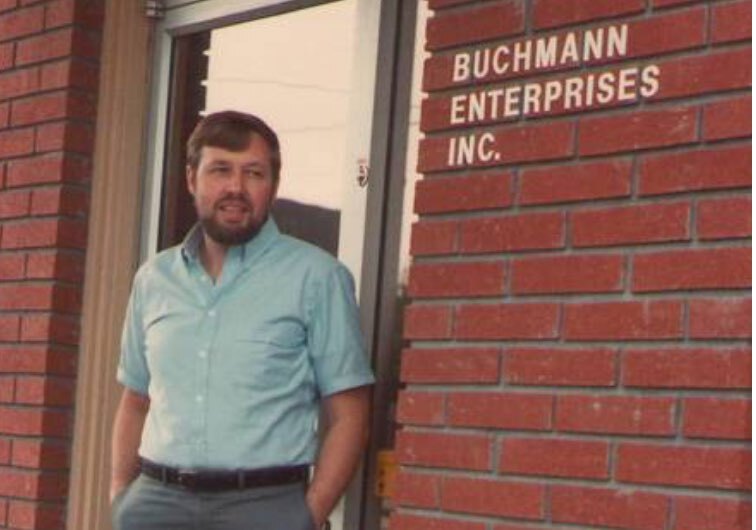

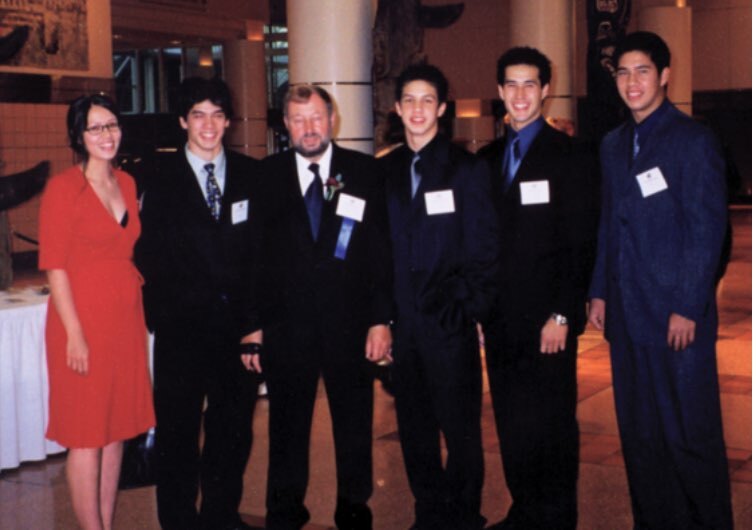
Isidor wanted to share his knowledge with the public and began writing. The articles on battery technology soon gained recognition by appearing in leading trade magazines throughout the world. His book “Batteries in a Portable World — A Handbook on Rechargeable Batteries for Non-Engineers” made him a best-selling author (new edition is on the way). Under Isidor’s leadership, innovative technologies are being developed that create growth and expansion into new markets. Cadex has been recognized as a world leader in battery testing, and the advanced battery analyzers, chargers and monitoring devices the company makes are proof of this strength. Knowing that the wealth of an organization lies on the quality of human resources, Isidor makes all attempts to offer a working climate that attracts the best people in the land. | 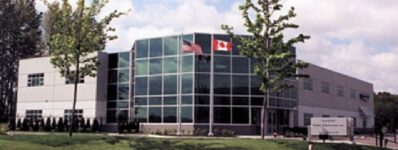 |